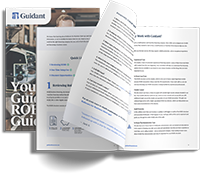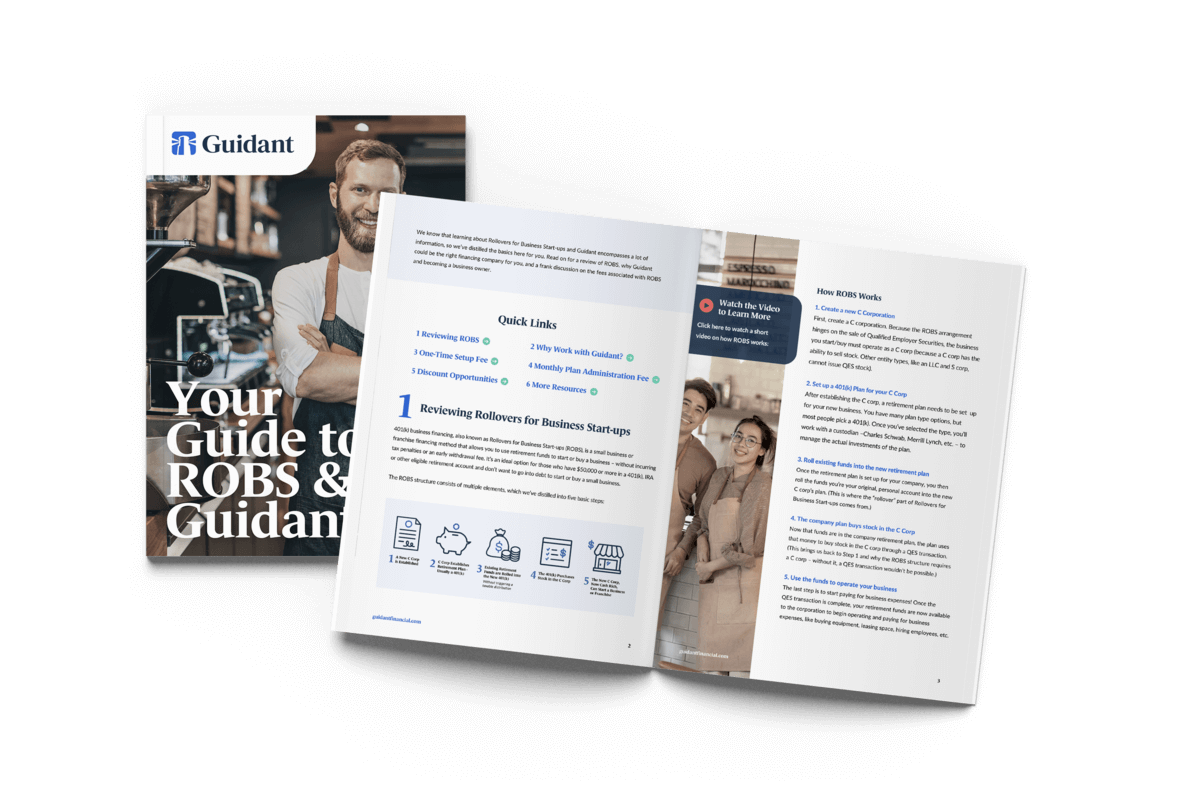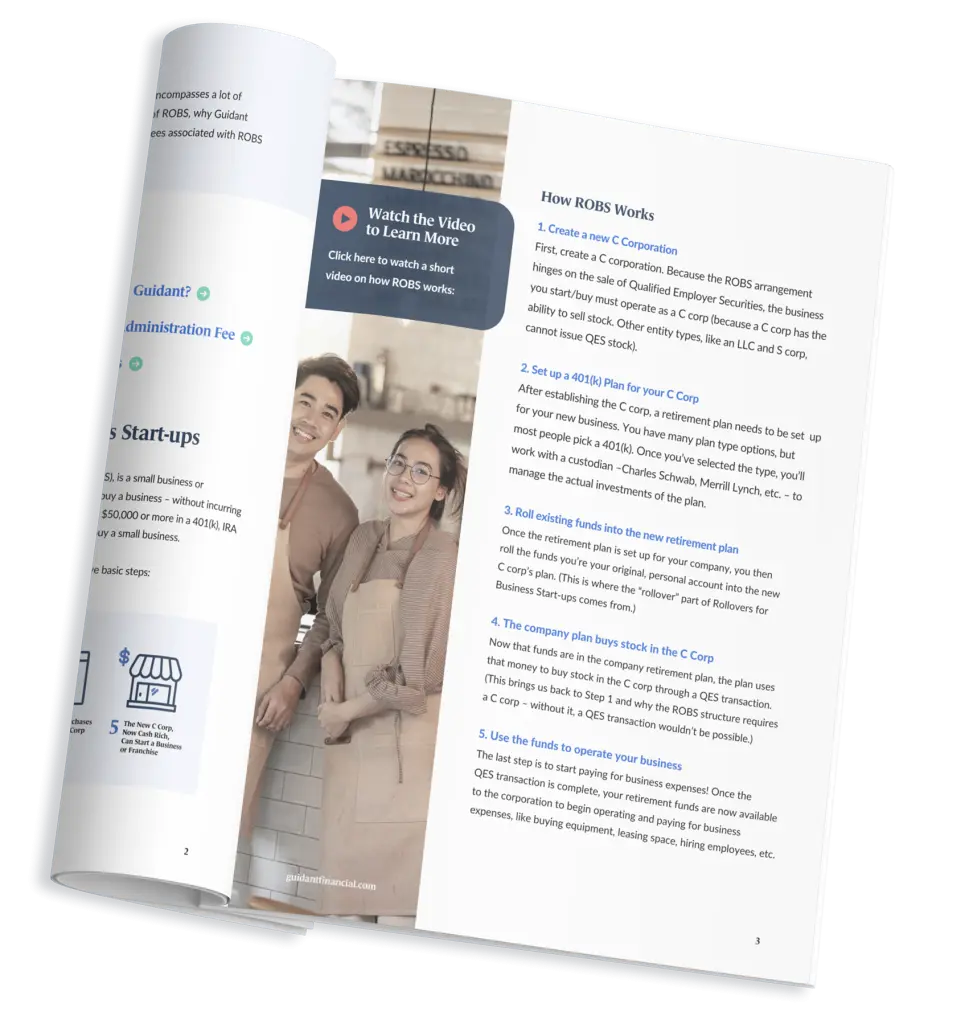If you don’t have a side hustle already, chances are you know someone who does. Maybe you have a friend or family member with a personal training business. Or perhaps you know someone who does a bit of social media marketing for small businesses. No matter your interests, you can likely make a hustle out of them — making extra money to offset inflation and possibly even starting your next venture or saving a bit more for retirement.
In today’s fast-paced world, the concept of the gig economy, or a side hustle, has gained immense popularity. Nearly two in five, or 39 percent, of U.S. adults have a side hustle to earn extra cash.
Whether looking to supplement income, pursue a passion project, fill up some spare time, or explore new avenues of entrepreneurship, a perfect side hustle can be a ticket to financial freedom and personal fulfillment.
Keep reading if you’re ready to read more about the essential steps to starting a side hustle and gaining extra income. You’ll learn to identify your niche, make a business plan, and market your product or service. Along the way, we’ll offer some tips on how to make a side hustle successful.
How to Start a Side Hustle in 7 Steps

1. Find Your Passion
This step is critical when you’re looking at how to start a side hustle. If your passion and skills don’t jump out at you right away, that’s OK. Spend some time on a Sunday with a cup of tea or take a walk and think about what you enjoy doing, as well as what you excel at. Some people are strong communicators, while others could benefit from better communication skills. Other people are artists or freelance writers who have a skill they could monetize. In fact, there’s a website called Fiverr, where freelancers can go find work — and businesses can find the worker they need. Along those same lines, Side Hustle Nation is another marketplace for job seekers to find and explore new opportunities.
There are many social media and online options, from dropshipping businesses to selling goods on Facebook Marketplace or other online marketplaces. Pet sitting is another lucrative side hustle (remember all of those pandemic pups?), either through a service like Rover.com or on your own. The pandemic also brought food delivery services such as Doordash and Uber Eats, which always need drivers.
No matter what you choose, remember it’s your passion project — and you truly must feel strongly about it if you go the next step and turn it into a side hustle.
Ready to discover the perfect niche for your business? Follow our easy 3-step guide to pinpoint your ideal market here.
2. Make a Business Plan

Even the best side hustles aren’t complete without a business plan. Completing your business plan at the beginning of the process helps you be strategic in your thinking about the financial aspects of your business, as well as a competitive analysis and marketing strategy. If you’re not familiar with business plans, they generally follow a consistent format, including an executive strategy, financials, competitive analysis, organization/management, and marketing, among other sections. Guidant’s guide on writing a business plan can get you going on your way.
3. Offer Your Services to Friends and Family
What better way to get started and even perform a little low-key market research than by offering your product or service to your close circle? You can ask for feedback from them and tailor it as necessary. This is also a way to network a bit, as your friends and family may share other contacts who could be of interest to you.
Another place you can offer your product or services is on LinkedIn. If you are a graphic designer, for example, you can link to your website (that you’ll design soon!) from your LinkedIn profile.
4. Learn the Laws
No matter what type of business you’re starting, you should take the time now to figure out what type of structure fits your side hustle. The Small Business Administration (SBA) breaks it down, and in its simplest terms, there are several main types:
- Sole Proprietorship: If you start a business and don’t specify the type, you’ll automatically be a Sole Proprietorship. With this type of structure, you don’t have a separate business as far as your assets and liabilities. This is a low-risk structure and often one that is chosen for a side hustle.
- Limited Liability Company: This is a common small business structure that protects you from liability, keeping your personal assets safe.
- Partnership: If you want to form a business with a partner, this is the route some entrepreneurs choose. If you’re interested in this route, you can decide if you want to make it a limited partnership or a limited liability partnership.
- C Corp: A C Corporation (C Corp) is a legal entity distinct from its owners, capable of making a profit, being taxed, and held legally liable. It offers strong protection from personal liability for its owners, though it requires more extensive record-keeping and operational procedures. C Corporations are advantageous for businesses that face medium to high risk, need to raise capital, or have plans to go public or be sold, as they can issue stock and continue operations independently of shareholder changes. If you’re considering Rollovers for Business Startups (ROBS) to fund your venture, your business needs to be established as a C Corporation to utilize this method, which allows you to invest retirement funds without facing penalties or taxes.
- S Corp: An S Corporation (S corp) is a type of corporation designed to avoid the double taxation typical of traditional C Corps by allowing profits and some losses to pass directly to the owners’ personal income without facing corporate tax rates. While most states recognize S Corps in a manner similar to the federal government and tax shareholders accordingly, some have different rules for taxing profits or may not recognize the S Corp election, treating them as C Corps instead. S Corps must obtain their status through the IRS and adhere to strict operational procedures like C Corps, but they continue to operate independently even if shareholders change, making them suitable for businesses that meet the specific eligibility requirements.
After you determine the structure, you may want to think about your finances. Will you need a bit of money to start your side hustle? Or is it something you can do with what you have until you start making money? If you’re not sure and are looking for small business financing options, Guidant Financial can help.
Not sure which structure is right for your business? Learn how to decide with our comprehensive guide on How to Determine Which Business Structure to Incorporate As.
5. Set Goals

Now that you’ve got your idea for your side hustle, created a business plan, and even offered it to friends and family, you can start setting goals for your business. Spend a couple of hours thinking about the following in relation to your hustle idea:
- Where do I want to be with my business in one year?
- How much time can I allocate to my side hustle?
- Do I want my side hustle to turn into a part-time or full-time job down the road? In how long?
- How much money do I want to make this year? Next year?
You can set goals and start tracking towards them. A smart idea is to use S.M.A.R.T. goals, or specific, measurable, achievable, relevant, and time-bound goals. According to Forbes on S.M.A.R.T goals, the key benefits include that they’re challenging, yet attainable, and definitely motivating.
6. Start Marketing (Then Keep Marketing)
When it comes to marketing your side hustle, you’ll want to get started sooner rather than later. You have tons of options when it comes to marketing and advertising, from online and word of mouth to print.
One place to start is with branding. Start with a logo and some key messages that can be used throughout your online and print communications for consistency. Narrow down who your ideal customer is, and even consider naming them and creating a persona for them. After that, you can create a website or hire someone else to make one for you. An online presence is key in today’s market. You can dig into social media anytime now, too; utilize Facebook, Instagram, and LinkedIn as appropriate. Each platform has unique characteristics of what makes a good post; you can read more about that here.
A marketing or communications calendar will help you keep track of what you send (and when), so you can also analyze your results. If you’re into print marketing and advertising too, you can make printed flyers, table tents, posters, business cards, and more.
Have fun with your marketing and keep it up — it will pay off in customers and profits.
Looking to boost your business visibility and drive sales? Dive into our strategic guide on How to Market your Business Successfully.
7. Don’t Give Up
This last one is just a reminder to hang on during the tough times, as there will be challenges with any small business, side hustle, or gig. Stress relief in the form of physical activity, organization, and meditation/mindfulness both go a long way to helping you feel your best when you’re feeling burnt out, according to Harvard Health. If you hang on and follow the tips above, you should be on the way to a fun side hustle — and hustle income.
Enjoy the Ride – and the Profits
Whether you’re looking to say goodbye to your 9 to 5 and start a side hustle or looking for extra disposable income, side hustles are where it’s at today and there are no signs they’re going anywhere tomorrow. If you’ve got the next big idea for a side hustle, secure your financing now and get going — there’s a market out there for you and your idea! Who knows, your side hustle could also become the next big business.
Finding financing is as easy as pre-qualifying on Guidant Financial. Try it today.

“Guidant is our one-stop shop for us to do it all. And I will say that one of the characteristics of Guidant that I really appreciate is the commitment to service and getting it right.”
— Tom Gonzalez, Woof Academy
Read the stories of REAL small business owners who work with Guidant.




















